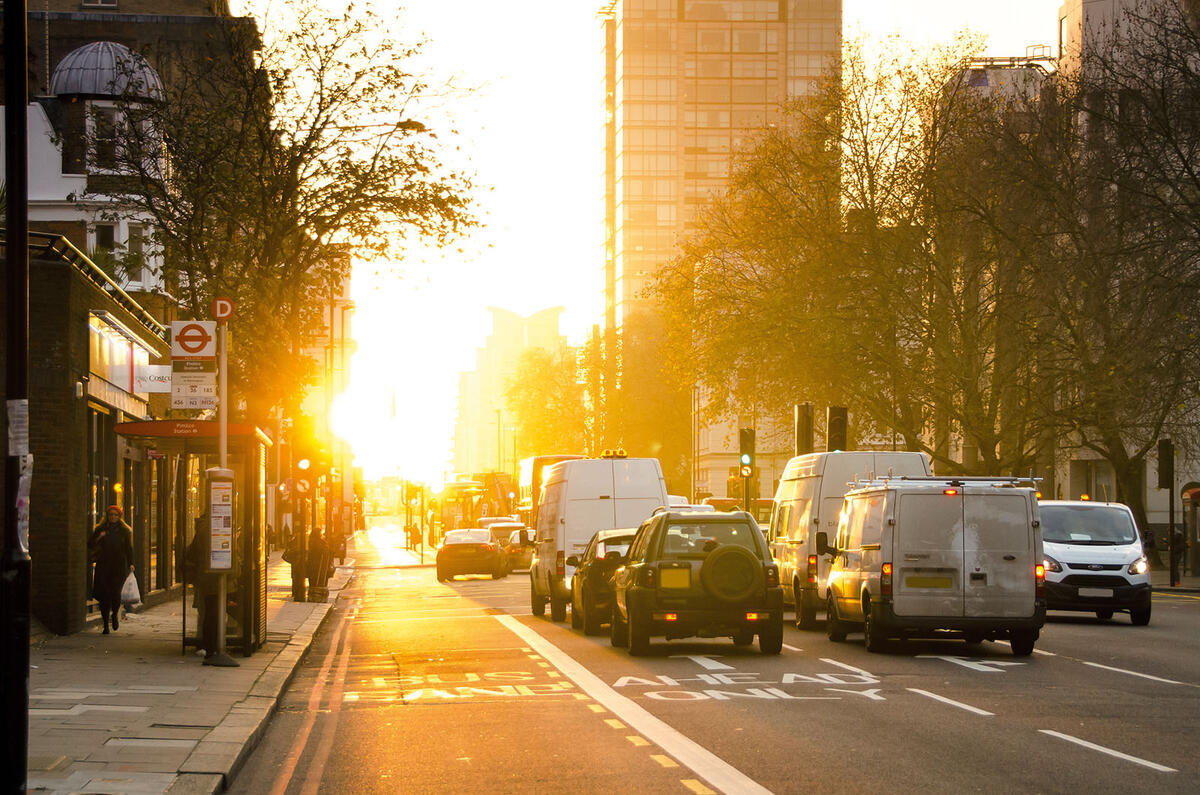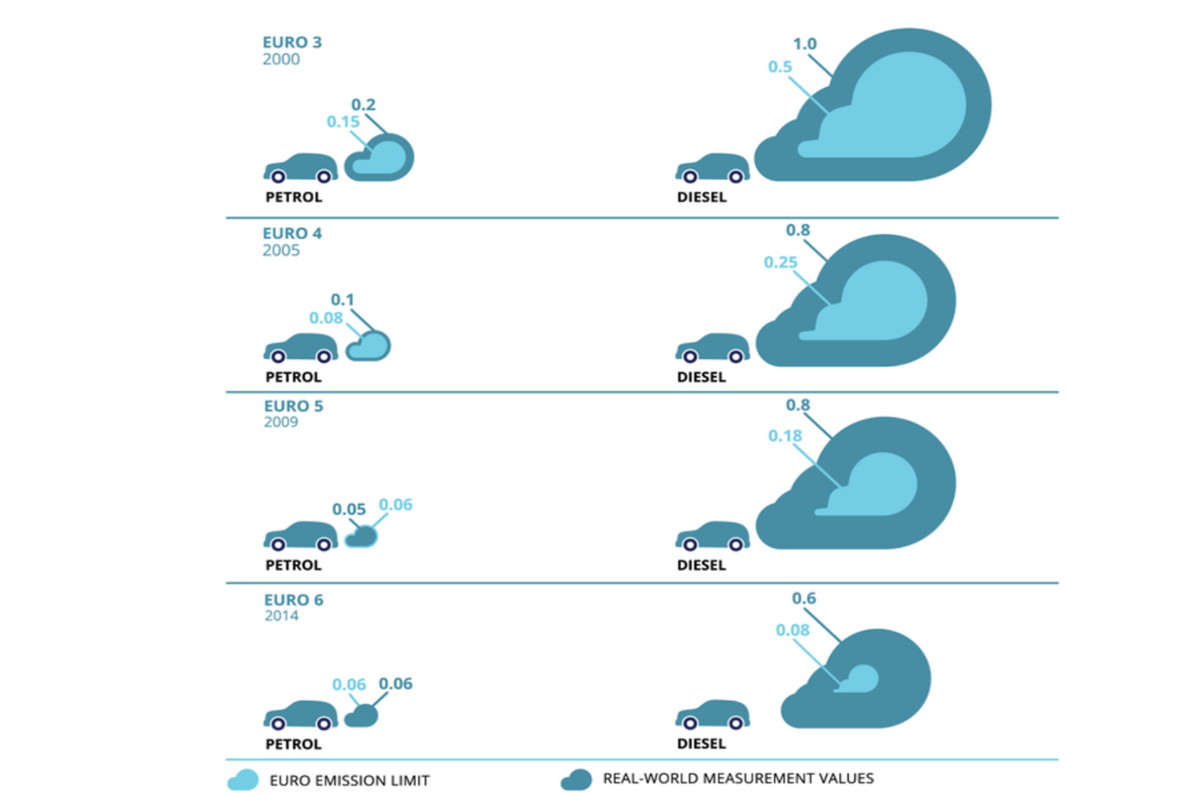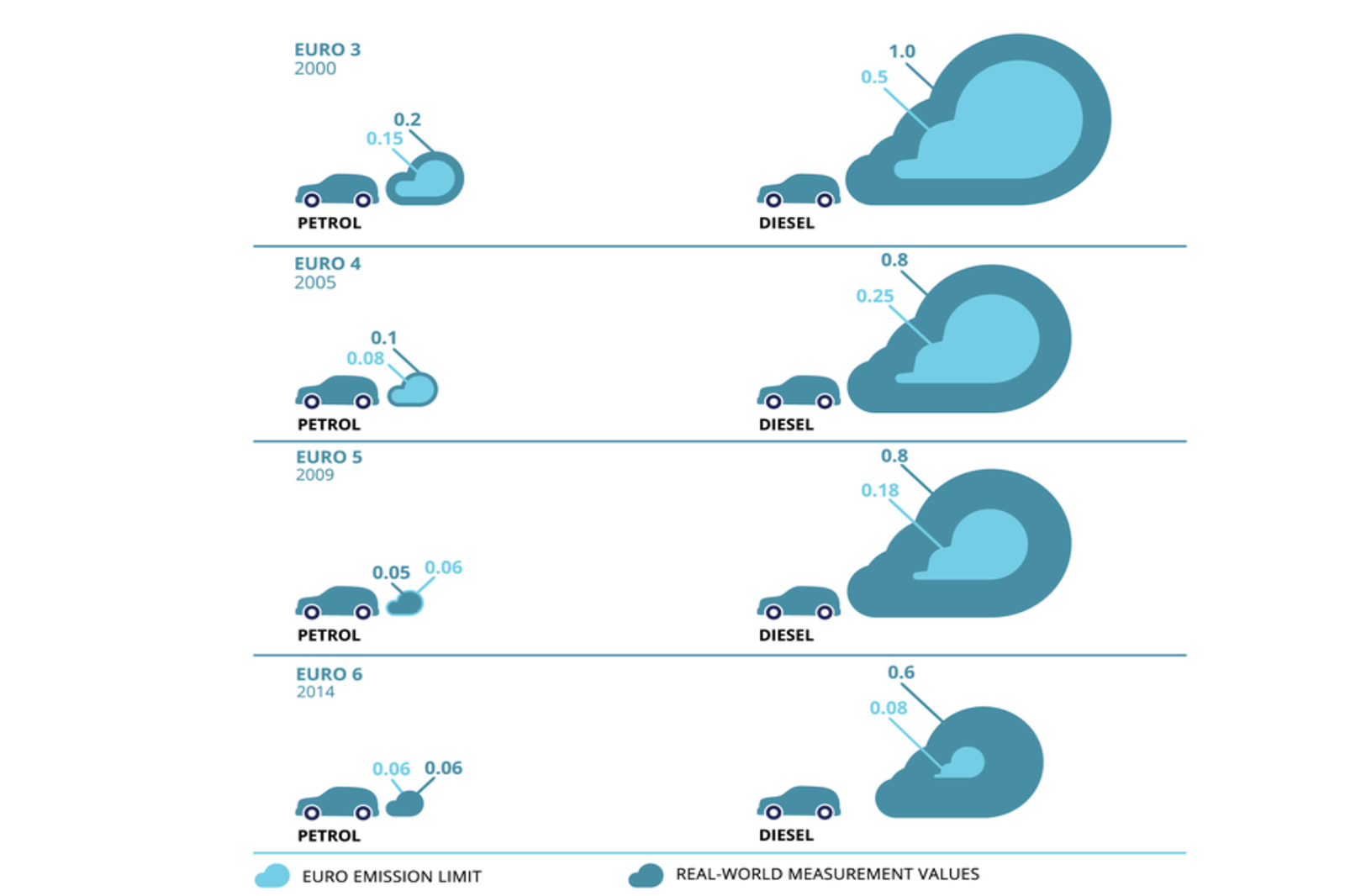On Friday 5 May, just two days after parliament was dissolved in preparation for the general election, a long-awaited government air quality consultation paper was made public.
But with the current parliament now history, why release a policy that is, arguably, no longer valid because the government that drew it up no longer exists?
The move had been ordered by the High Court in London after an activist law firm, Client Earth, had taken the government to court for the second time in six months. Client Earth demanded that plans to meet EU air pollution regulations be published immediately, because the issue was a “public health emergency”. The judge agreed.
Scrappage scheme and speed limit changes top government air quality plans
A few months earlier, Client Earth had gone to court demanding a judgement against the government’s relatively slow pace of meeting the EU air quality regulations. The government’s plans aim to meet the regulations by 2020 in affected UK towns and cities, and by 2025 in London.
Client Earth succeeded in arguing that the government should have been deploying more aggressive tactics to reduce NOx pollution, including more Clean Air Zones in town centres and an extensive diesel scrappage scheme to encourage drivers of older and more polluting oilburners to trade them for a cleaner car.
The new consultation paper, drawn up by the Department of Environment, Food and Rural Affairs (DEFRA) and the Department of Transport (DoT), does include a wider range of proposed schemes to reduce NOx pollution but, to the evident fury of Client Earth, Greenpeace and the current Mayor of London, none are as far-reaching as was wanted.
The consultation paper notes that blame for problem of NOx pollution lies with the dash to reduce CO2 emissions by incentivising diesel cars: “The number of diesel cars in Great Britain grew from 3.2 million in 2000 to 8.2m in 2010. This growth followed tax changes made by previous governments, which focused on fuel economy and carbon dioxide (CO2) emissions.
“None of this is the fault of those who chose to buy diesels and, as we tackle the problem, these same people should not be penalised for decisions they made in good faith.”
The paper also reproduces a graphic showing just how much more NOx diesel vehicles have been legally allowed to emit compared to petrol engines. The message is clear: the EU’s decision to emphasise reducing fuel consumption without regard to diesel’s greater pollution was a major error.








Join the debate
Add your comment
Diesel emissions
Diesel emissions
In many other countries,